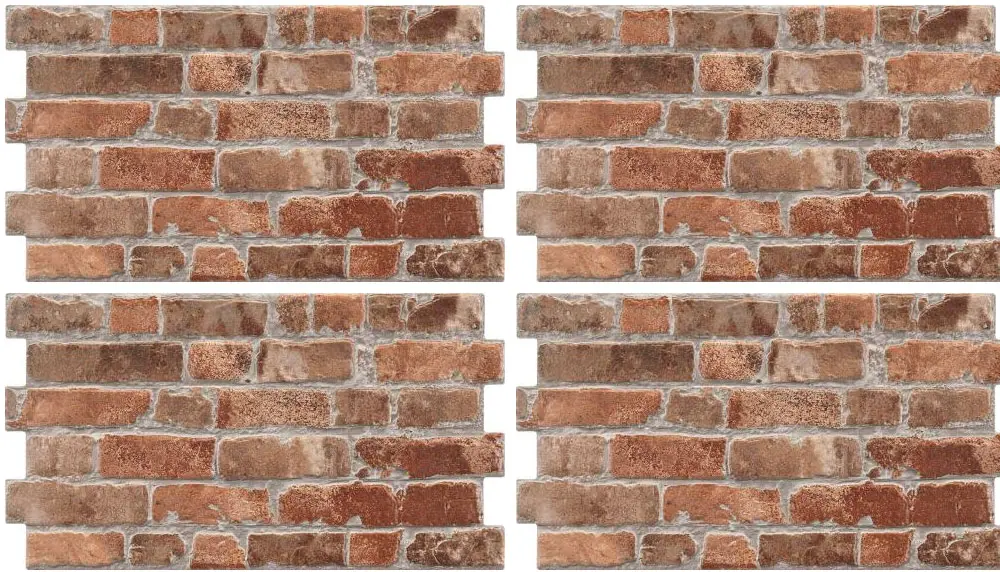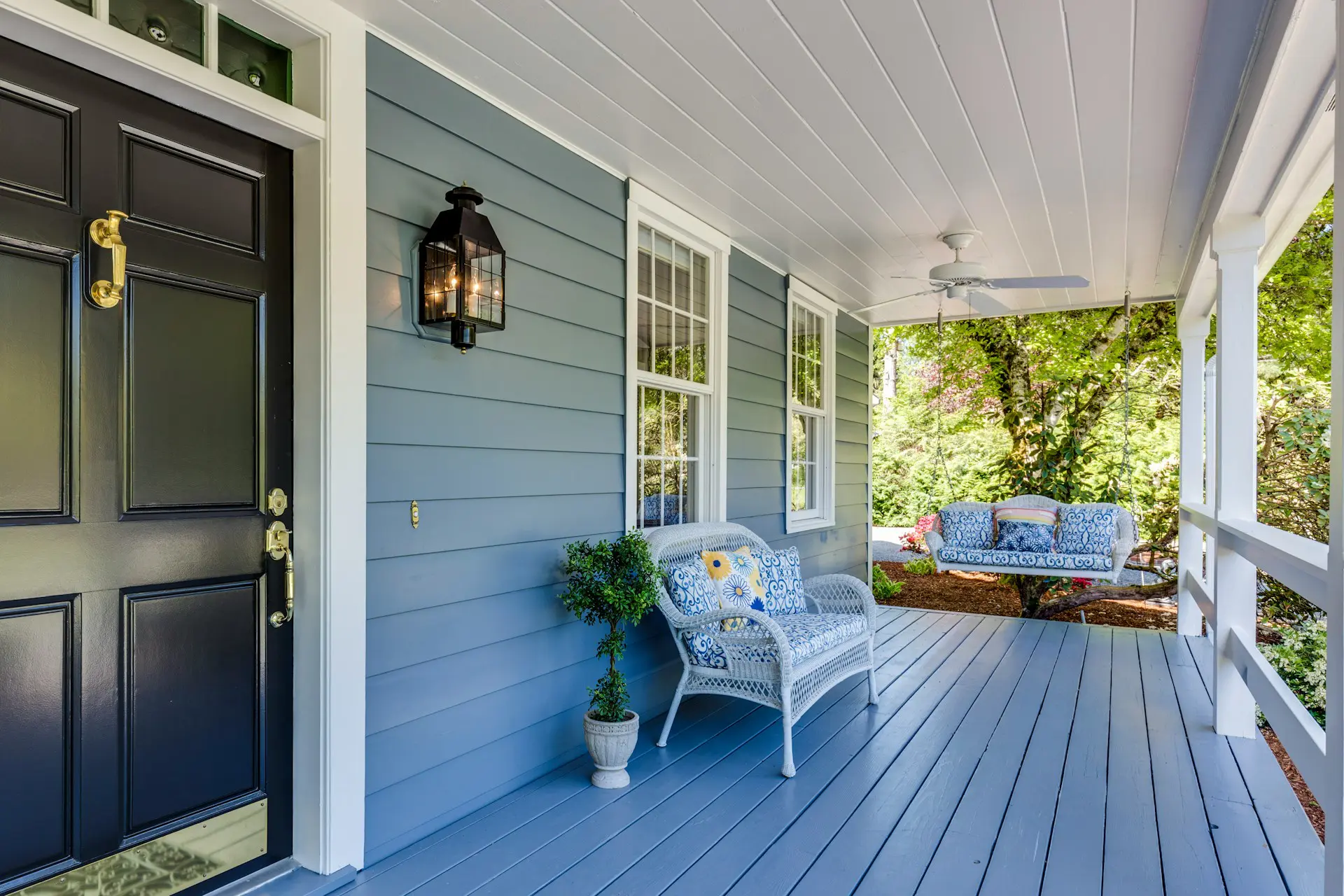How to Stain Brick (and Whether You Should)

Exposed brickwork can be a fantastically attractive feature, indoors or out. Whether it adorns the fireplace in your living room or the exterior of your home, brickwork looks awesome.
However, brickwork is by no means impervious to the test of time, or the harshness of the elements. Sooner or later, all types of exterior brickwork need to be shown a little TLC. At which point, you’ll need to decide whether to stain your bricks or paint them.
Painting brickwork is not quite the same as more general exterior painting. This is due to the fact that bricks have a porous surface, which can make them slightly more difficult to deal with.

If your brickwork was painted previously, you can simply clean and prep the surface in the usual way. After which, you can get to work with a specialist brick paint in the color of your choosing. Dealing with raw brickwork that hasn’t been treated isn’t quite so simple – a job that might be best left to the professionals.
Meanwhile, staining exterior surfaces also calls for a strategic approach. At least, when compared with painting the exterior of a wooden home, for example. But when it comes to the final effect, there’s no denying just how beautifully elegant and appealing stained brickwork can be.
And again, there’s always the option of hiring help – if you’re not confident in your DIY capabilities.
Choosing the Right Type of Brick Stain
There are two main types of brick stains available for home improvements, which are as follows:
- Water-based brick stain. This is the standard type of brick stain, which is relatively simple to apply and creates a protective coating that still allows the bricks to ‘breathe’.
- Stains premixed with sealant. When this type of stain dries, it creates a watertight seal to protect the brickwork from damage. Useful for protecting bricks that are porous or already damaged.
In terms of equipment, you’ll need to gather a similar set of provisions as for any other painting jobs. Paintbrushes, protective coverings, painters tape, cleaning supplies and of course – PPE to protect yourself!
Here’s a brief rundown of the steps involved in staining exterior brickwork at home:
Step 1. The first step is to thoroughly clean the brickwork, at which point you should also check whether there is a layer of sealant to be removed. Specialist products are available for removing brick sealant, which you apply to the surface, leave for around 15 minutes then rinse away. The runoff created can be quite hazardous, so approach this step with due care and caution.
Step 2. If necessary, use painter’s tape in the usual way to protect anything you don’t want to stain. Make sure everything in the vicinity is covered with a drop cloth or protective sheet.
Step 3: Carefully follow the instructions printed on the container, as different stains need to be mixed and used in different ways. If you plan on mixing two or more colors together, take notes of the exact quantities to ensure consistency.
Step 4. When the brickwork is clean and dry, you can begin applying the stain. Again, in accordance with the manufacturer’s instructions. Start from one top corner and gradually work your way down, which will help you deal with any drips created along the way. Take your time ad add the stain in a thin coating – you can always add more later.
Step 5. Tend to any mistakes you make right away, as they can be much more difficult to deal with once dry. Take your time, rather than attempting to rush things through.
Step 6. Allow the stain to dry completely, adding a second coat if necessary (and advised by the manufacturer).
Tip: Always keep an eye on the weather forecast when planning a project like this. Avoid staining exterior brickwork in direct sunlight, and when it is particularly hot, cold or humid outdoors.
Is Painting a Better Option Than Staining?
Last up, assessing whether staining or painting is the better option means taking a number of factors into consideration. Examples of which include the type of brickwork to be treated, its age and condition, its location, whether it was previously painted/stained and so on.
Properly stained or painted brickwork can look the part and benefit from robust protection for many years. Where possible, therefore, it is advisable to hire a professional contractor to handle the job on your behalf.
At Homm CPS, we offer a comprehensive range of internal and external home painting services at the lowest possible prices. For more information or to arrange an obligation-free design visit, contact a member of our team today.










